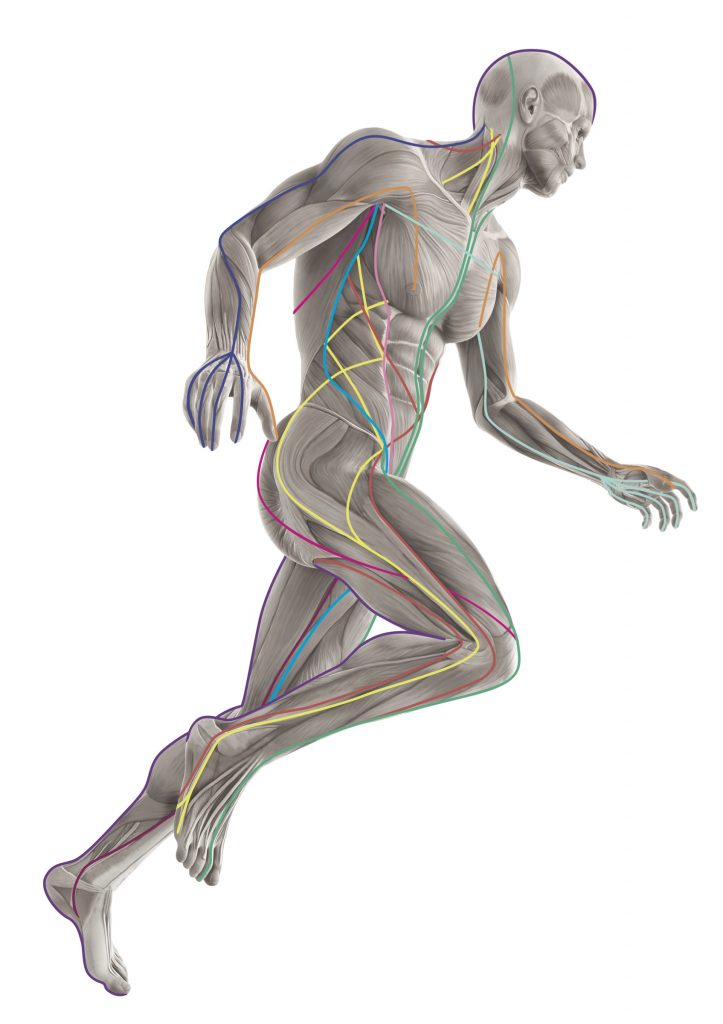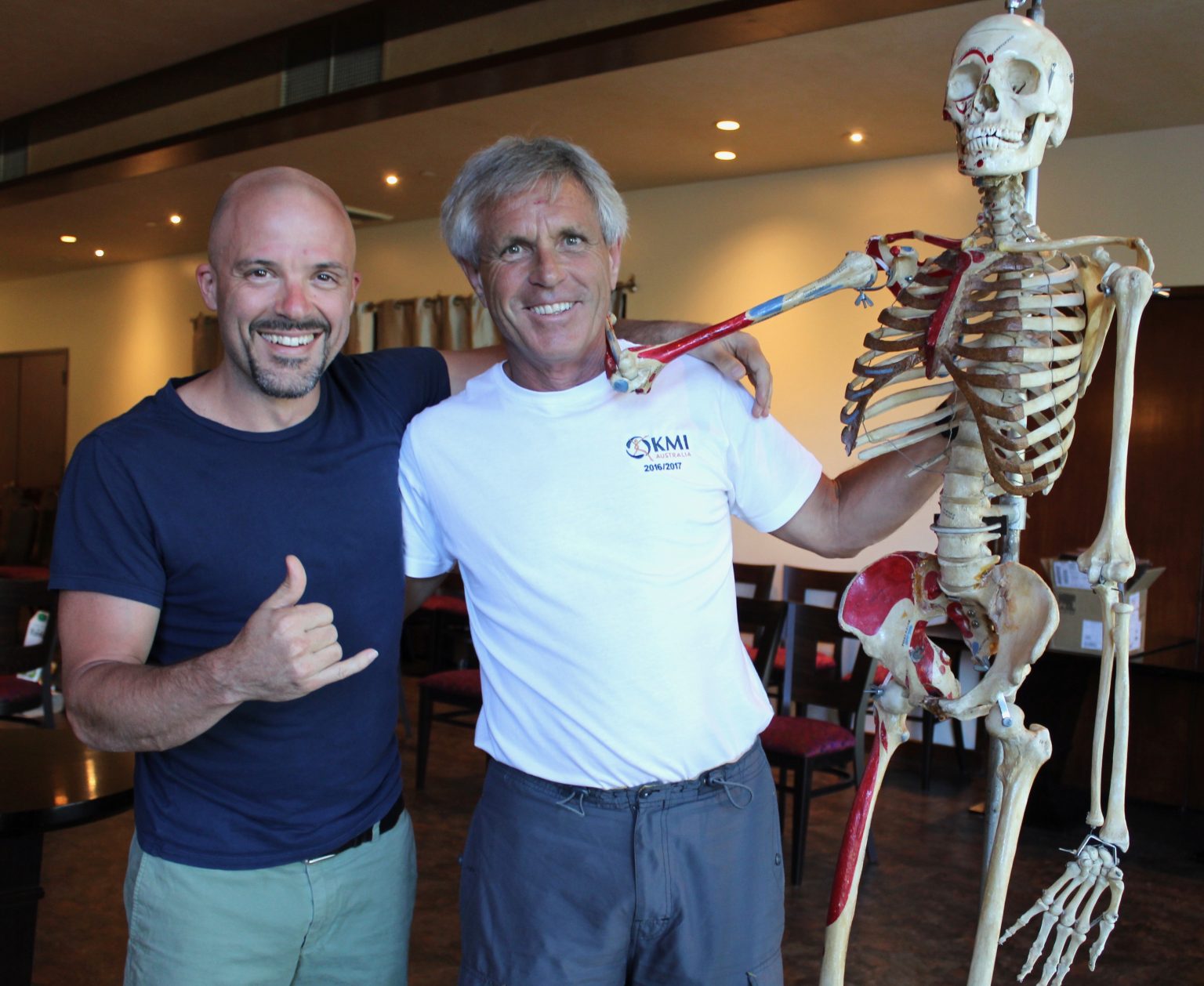Anatomy Trains Structural Integration

Anatomy Trains Structural Integration or ATSI can be seen as a course in becoming reacquainted with the body in motion. Most of us have collected extra tension through the course of our lives either from injury or surgery, imitation of our parents or heroes. These injuries and tensions form patterns within the body. While exercise often helps, most of this patterning happens below our conscious awareness and becomes a part of who we are. These patterns of chronic stress become written into our muscular tensions, or skeletal form, and into the connective tissue called fascia.
The ATSI approach is used to free the binding and shortening of connective tissue, what we refer to as the fascial network. This approach to myofascial release is designed to re-educate the body in efficient and energy-sustaining patterns for ease of movement.
Experiencing Anatomy Trains Structural Integration (ATSI) Sessions
The Anatomy Trains Structural Integration process has 12 separate and progressive sessions, although the actual number needed may vary depending on the individual.
This process happens over a series of sessions. The Anatomy Trains Structural Integration process has 12 separate and progressive sessions, although the actual number you need may vary. To begin these sessions, your practitioner will talk over your history and help you set realistic goals for the process. He or they may take pictures of your body posture to have a record of where you started or may just examine your postural pattern with you in front of a mirror.
Most structural integration sessions are done in underwear or a bathing suit. Your comfort is paramount, but we need to get directly to the tissues that are restricting the free flow of movement. Much of the session work is done on a treatment table, though some moves are done on a stool or even standing.
The practitioner will contact tissues and ask you to move, thus freeing old restrictions and encouraging the tissues back to a freer place called for by your body’s inherent design. You and your practitioner can work out how deep or how gentle you want the progression to be.

The 12 sessions
The sessions progress through the body: the first four sessions are generally more superficial, freeing the tissues on the front, back, and sides of the body and freeing the shoulders and arms from any binding to the trunk. The middle four sessions address the “core” of your body, working into the central stabilization muscles closer to the spine. The last four sessions integrate “core” and “sleeve” into your habitual movement and address specific problems you may have.
ATSI sessions will leave you with a lasting and progressive change that will echo throughout the rest of your life

Upcoming Schedule
No events found
|
- - - |
- - - |
- - - |
- - - |
- - - |
- - - |
- - - |
|
DN_T |
DN_T |
DN_T |
DN_T |
DN_T |
DN_T |
DN_T |
|
DN_T |
DN_T |
DN_T |
DN_T |
DN_T |
DN_T |
DN_T |
|
DN_T |
DN_T |
DN_T |
DN_T |
DN_T |
DN_T |
DN_T |
|
DN_T |
DN_T |
DN_T |
DN_T |
DN_T |
DN_T |
DN_T |
|
DN_T |
DN_T |
DN_T |
DN_T |
DN_T |
DN_T |
DN_T |
|
DN_T |
DN_T |
DN_T |
DN_T |
DN_T |
DN_T |
DN_T |
|
|
||||||
|
- - - |
- - - |
- - - |
- - - |
- - - |
- - - |
- - - |
|
DN_T |
DN_T |
DN_T |
DN_T |
DN_T |
DN_T |
DN_T |
|
|
||||||
You have no events for this day
You have no events for this month
You have no events for this month
No mapped events found in this timeline